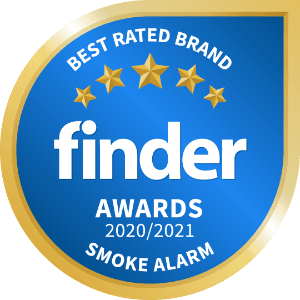Meets safety standards
Australian Standard 3786 sets the standard for all smoke alarms in Australia. Different states use slightly different versions of the standard, so make sure to check your state requirements. Typically, smoke alarms sold by reputable vendors will all state clearly on the packaging that they meet Standard 3786 and feature the Australian Standard logo.



